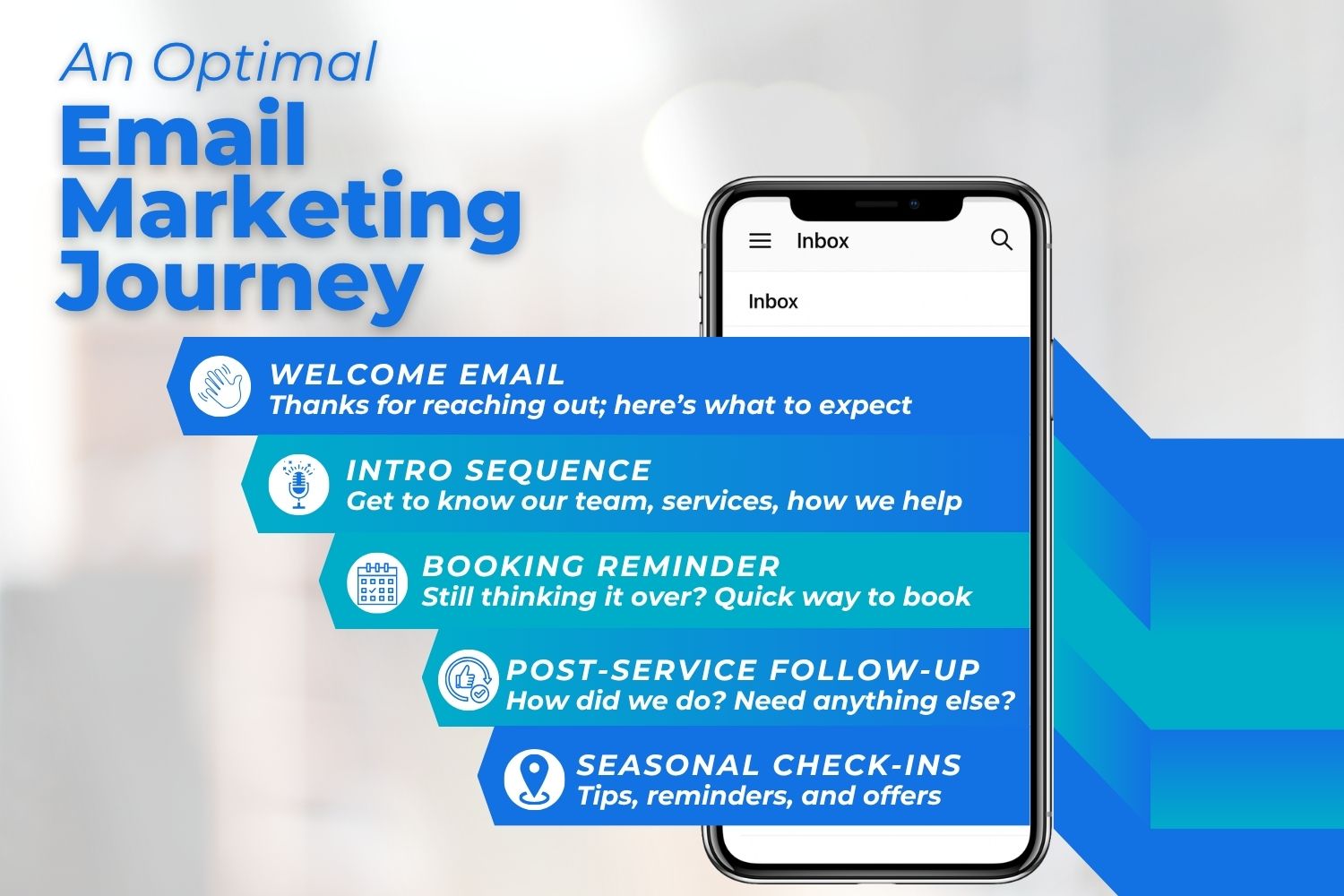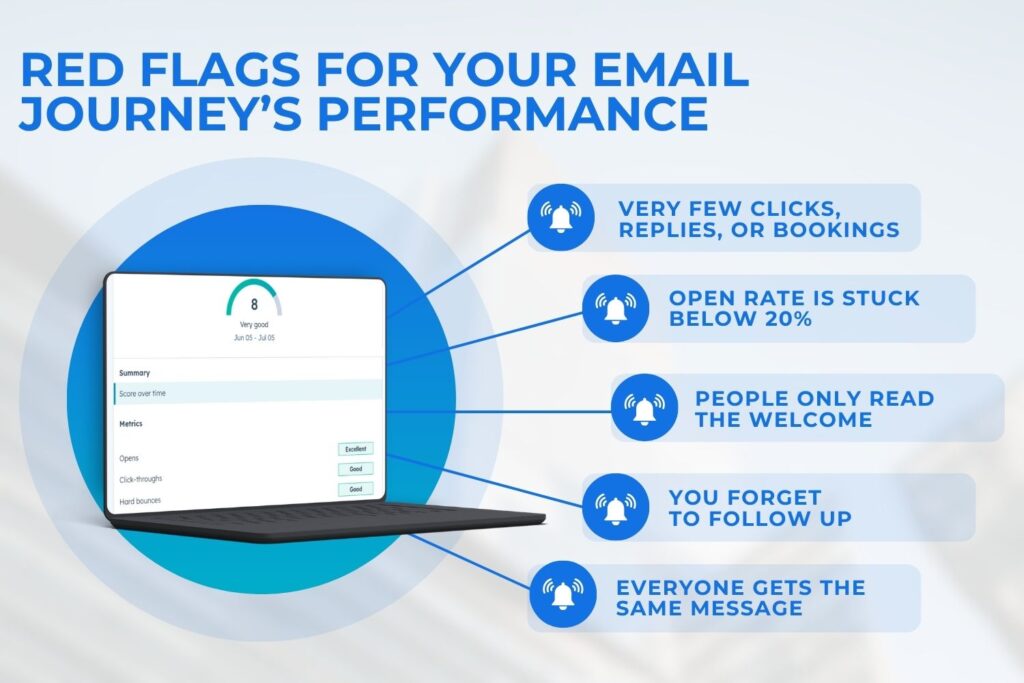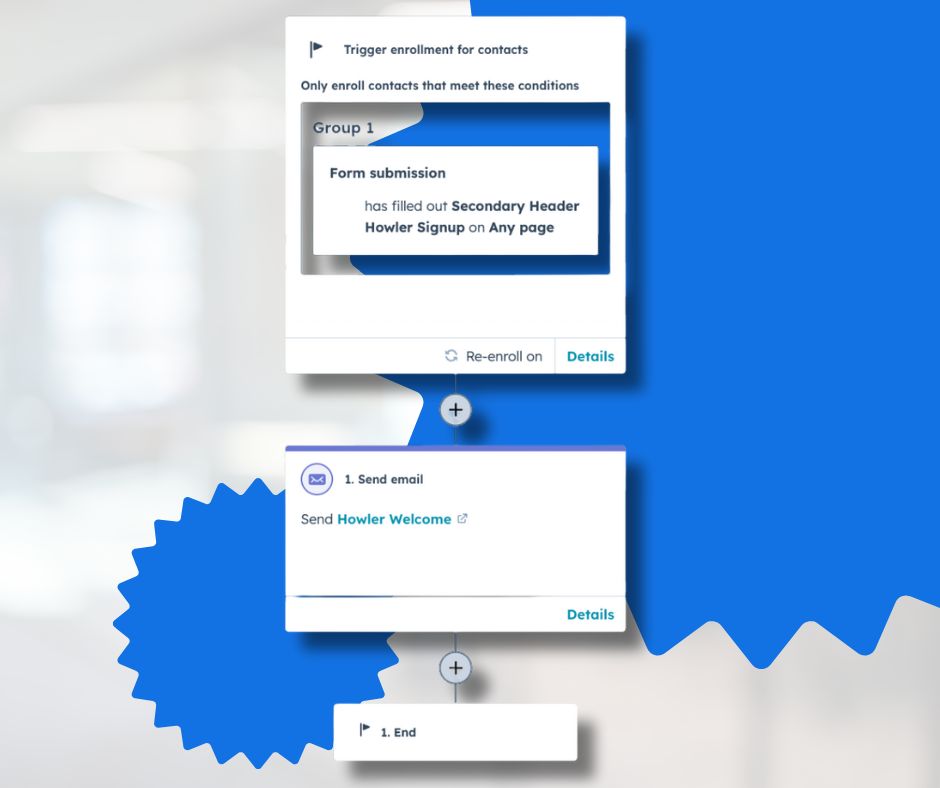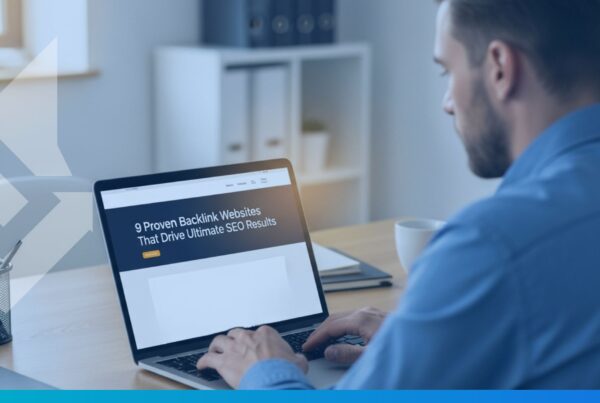Last updated on December 19th, 2025 at 02:59 pm
Most home service businesses start email marketing with good intentions, but somewhere along the way, the path breaks down and stops helping. That means that, if your email marketing journey feels more like a one-way street than a customer pipeline, you’re not alone.
According to Litmus, only 8% of marketers say their email strategy is very successful. That number drops even further when you look at small businesses that send emails without a clear plan or automation in place.
All this being said, you can fix it! And you don’t have to start from scratch. Let’s walk through what a good email marketing journey looks like, how to know when yours is broken, and how to make it work better ASAP.

Contents
What a Good Email Marketing Journey Looks Like
A strong email journey is like a guided tour. You don’t just drop someone off at your front door and hope they know what to do.
You show them around, answer their questions, and invite them to take the next step (and, ideally, they want to).
In home service marketing, that journey usually includes:
- A welcome or confirmation email right after someone reaches out
- A short sequence that helps them get to know your business
- A friendly reminder or incentive to book
- A follow-up after the job is done
- Occasional check-ins with tips or seasonal info
These messages don’t need to be anything fancy, just relevant, helpful, and timely. A few simple emails can go a long way in taking your business from “out of mind” to “top of mind”.
Signs of a “Broken” Email Marketing Journey
It can be easy to miss the warning signs when things go quiet.
After all, no news is good news…right? Unfortunately, not always.
There are a few clues that your email marketing journey isn’t doing its job, your list is messy, or your content is boring. Here’s what to look out for:
- You get very few clicks, replies, or bookings from your contacts
- Your open rate is stuck below 20%
- The only email people read is the first one
- You forget to follow up after jobs/appoinments
- Everyone on your list gets the same message, no matter who they are
If your emails aren’t helping move people forward, they’re either being ignored or forgotten. And that means leads are slipping through the cracks.
Quick Check
- Open Rate: You want 20% or higher
- Click Rate: Aim for 2 to 5%
- Unsubscribes: Keep it under 1%
If your primary numbers are off, that’s your signal to look under the hood.

The 3 Most Common Mistakes That Sabotage Your Journey
1. You Have No Clear Plan
If you’re sending emails whenever you remember to or just when there’s a sale, that’s not a journey. It’s noise. A real plan connects the dots for your audience.
They should know what to expect and feel like you’re guiding them, not just showing up randomly in their inbox.
2. You Only Send One Follow-Up
Let’s say someone fills out a form on your website. You send them one email that says “Thanks! We’ll be in touch,” and then… nothing. That’s a missed opportunity.
Most people need more than one reminder to take action. They’re busy. They forget. A good journey keeps nudging them forward without being annoying.
3. You Treat Everyone the Same
If you’re blasting the same newsletter to new leads, long-time clients, and people who haven’t booked in two years, it’s no wonder engagement is low.
Each type of contact needs different messages. One size fits all rarely fits anyone well.
How to Fix It (Without Starting From Scratch)
You don’t need to scrap everything and rebuild. Most of the time, your email marketing journey just needs a few key adjustments. Here’s how to fix it in four doable steps:
Step 1: Map Out Your Lead and Client Stages
Start by thinking through your typical customer flow. Ask yourself:
- What happens when someone first reaches out?
- What happens after they get a quote or service?
- What happens after the job is done?
Break it down into clear stages:
- New lead
- Quote sent
- Job booked
- Job completed
- Past client
Each stage is a chance to send one or two helpful emails. You don’t need to overcomplicate it. Just write down what you’d want someone to know or do at each stage.
Step 2: Build Simple Automations
This doesn’t have to be tech-heavy. Even a single automated sequence in your CRM is a win. Here’s what that might look like:
- New Lead Welcome: Thank them for reaching out, share a short intro about your company, and let them know what happens next.
- Estimate Follow-Up: Send a reminder a couple of days later with a booking link or a short answer to a common hesitation.
- Post-Job Email: Ask how things went, request a review, or offer a referral bonus.
- Seasonal Tip Email: A short value-based message, like how to prep for winter or spot signs of mold.
These can be short. Think three or four sentences, not essays. Your goal is to stay top of mind and move them one step closer to action.

Step 3: Segment Your Audience
Depending on the platform you use, you can use tags or filters to get started. Keep a running list of who’s a lead, who’s a client, and who sends you referrals. Then, send different messages depending on what they care about.
- Leads might need social proof or a “why now” nudge
- Clients may respond to reminders or maintenance tips
- Agents or partners might want updates they can pass along
Even small tweaks like changing the subject line or opening line can make a big difference.
Step 4: Monitor the Right Metrics
You don’t need to check these every day. Just pop in biweekly, or even once a month, and ask:
- Are people opening these emails?
- Are they clicking anything?
- Are we getting replies, bookings, or reviews?
If something’s flat, don’t delete everything. Just update the subject line or make the next message more clear and direct. It’s all about steady improvement.
What a Smooth, Intentional Journey Does for Your Business
Once your journey is running smoothly, you’ll start to notice the difference:
- More leads booking without extra effort
- Better reviews because you followed up
- More repeat business from past clients
- Fewer no-shows or cold leads going dark
According to Forrester, companies that nurture leads with email generate 50% more sales-ready leads and reduce costs by over 30%.
For a small team, that means doing more with what you already have.
Related Questions
What is an email marketing journey?
It’s a planned series of emails that helps someone move from interested to booked, or from client to loyal promoter. It’s built around timing, trust, and relevance.
How long should it be?
Most effective journeys are 3 to 7 emails long. However, that could be split over a few days or a few weeks, and different contacts may get more or fewer than others, depending on your sales cycle.
Can I automate my email marketing journey?
Yes. Most email platforms have automation features that let you send emails based on actions like a form submission, job status, or time delay.
What should I include in each email?
Keep it simple. Introduce yourself, offer helpful info, answer common questions, and guide them to the next step. End with a clear CTA.
How do I know if it’s working?
Check your open and click rates, but also track whether emails lead to replies, reviews, or actual bookings. That’s what matters most.
Conclusion
If your email marketing journey feels disconnected or invisible, it’s not because email is dead. It’s because your follow-through isn’t helping people take the next step.
The fix is simple: build a clear path, send the right message at the right time, and stop treating your list like one big group. Whether you’re just getting started or cleaning up what’s already there, these small changes can make a big impact.
Want help building a journey that speaks directly to your leads and clients?
WolfPack helps local businesses plan, write, and automate email campaigns that work while you sleep.






